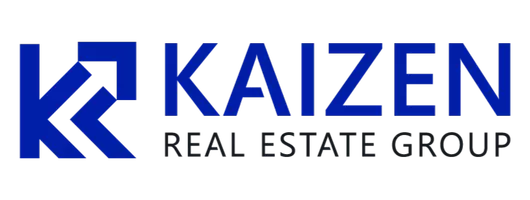TidalWave’s Diane Yu on AI’s impact to mortgage jobs
The promise that artificial intelligence brings to the mortgage ecosystem through faster processes and reduced expenses is also accompanied by the potential threat it poses to human roles.
While the next two years could see an acceleration of AI-related job losses, Diane Yu urges mortgage professionals to adopt a “mindset of abundance” when approaching the topic.
“You’re going to start not thinking about what AI is going to take away. You’re going to think about what AI is going to empower,” the TidalWave CEO told the audience Tuesday at HousingWire’s AI Summit in Dallas.
Yu was joined on stage at the event by Jeremy Potter, the founder of Next Belt Strategies who has also previously served at companies like Stavvy and Rocket Mortgage. They offered insights into how AI may replace or change mortgage industry roles over the next 18 to 24 months.
“We’re all at risk one day,” Potter cautioned. “We should approach it that way as we think about what we’re delivering to our companies.”
Yu’s comments were timely given the news that TidalWave has entered into a partnership with NEXA Mortgage, the nation’s largest brokerage, that will give NEXA’s 3,200 brokers access to TidalWave’s agentic AI platform. Brokers will have a broad range of time-saving assistance at their fingertips, from lead qualification and document processing to underwriting support and multilingual client communication.
Point-of-sale (POS) technology is the “entry point” for lenders and borrowers who utilize TidalWave’s technology, Yu said. With these tasks, it’s all about creating a clean file as soon as possible so that processors, originators and underwriters aren’t dealing with pain points right before closing.
AI can remove much of this manual labor, Yu said, but she urged others to not focus on a single solution like POS when they’re choosing and investing in a tech vendor.
“You have to change the conversation. You have to push your vendor to think about this very differently,” she said. “When your vendors think differently, they bring to you a solution, not just a point solution, and they have to be able to replace a tool that’s currently in your tech stack that you are utilizing.”
Potter and Yu delved into the potential demand for traditional loan production tools that embed AI and enhance what lenders are already purchasing from vendors. In many cases, Potter said, this could be a more palatable solution to “native, organic or new AI that is delivered outside of the traditional and threatens the traditional platform.”
Yu said she’s already seeing this trend across the industry.
“The AI agent is disrupting workflow,” she said. “It’s changing how you do work, how you change the task, move the task along your manufacturing process. You have to think about this very differently so your existing vendor also can come up with AI capability to help you do daily work better, faster. And then there will be additional new entrants, like AI native companies, that come up with those types of recommendations.”
Potter said it’s safe to assume that while “AI isn’t going to remove every role, it is a sure thing that AI is going to change every role.” That includes everyone from the C-suite all the way down to interns. And that makes the task of companywide adoption of specific tools a difficult one. Many companies will simply have to pick a place to start.
Yu believes she has a “different opinion” than other industry leaders when it comes to AI adoption hurdles.
“From the vendor perspective … if you run into an adoption problem, I would argue it’s not the right product,” she said. “If you run into an adoption problem, I would say go back to the drawing board. You probably don’t have the right product to help the lender customer.”
Internally, mortgage executives should be inviting feedback from their employees about which tools are helpful and which are not. The right tools, Yu said, will be adopted by a broad base of the workforce. That’s been the case for TidalWave, which is on pace to sign 30 customers in 2025.
“That’s the level of the adoption you should see once you have the right product-to-market fit,” she added. “We spent two years to craft that. It doesn’t happen overnight, I guarantee you.”
Categories
Recent Posts









